Zadar Digital Nomad Week Diary: Third Day
June 18, 2022 - On the third day of the Zadar Digital Nomad Week, the participants were able to enjoy a program that brought them closer to the rich history and spectacular landscapes in the Zadar region, beyond the city.
After a successful couple of days introducing Zadar Digital Nomad Week, where the participants were able to familiarize themselves with the Dalmatian city and get to know each other better, the program continued with activities that would take them briefly out of the city to enjoy some gems that few know in the region. The slogan of the third day of the Zadar Digital Nomad Week was ''Recharge in Nature'', and it is unique that few regions in Croatia can boast of having so many varied National Parks located less than an hour from the city: Kornati and Telašćica in the sea, and Paklenica, North Velebit, and Velebit in the mountain range. Ideal to disconnect from work and reconnect with the natural surroundings.
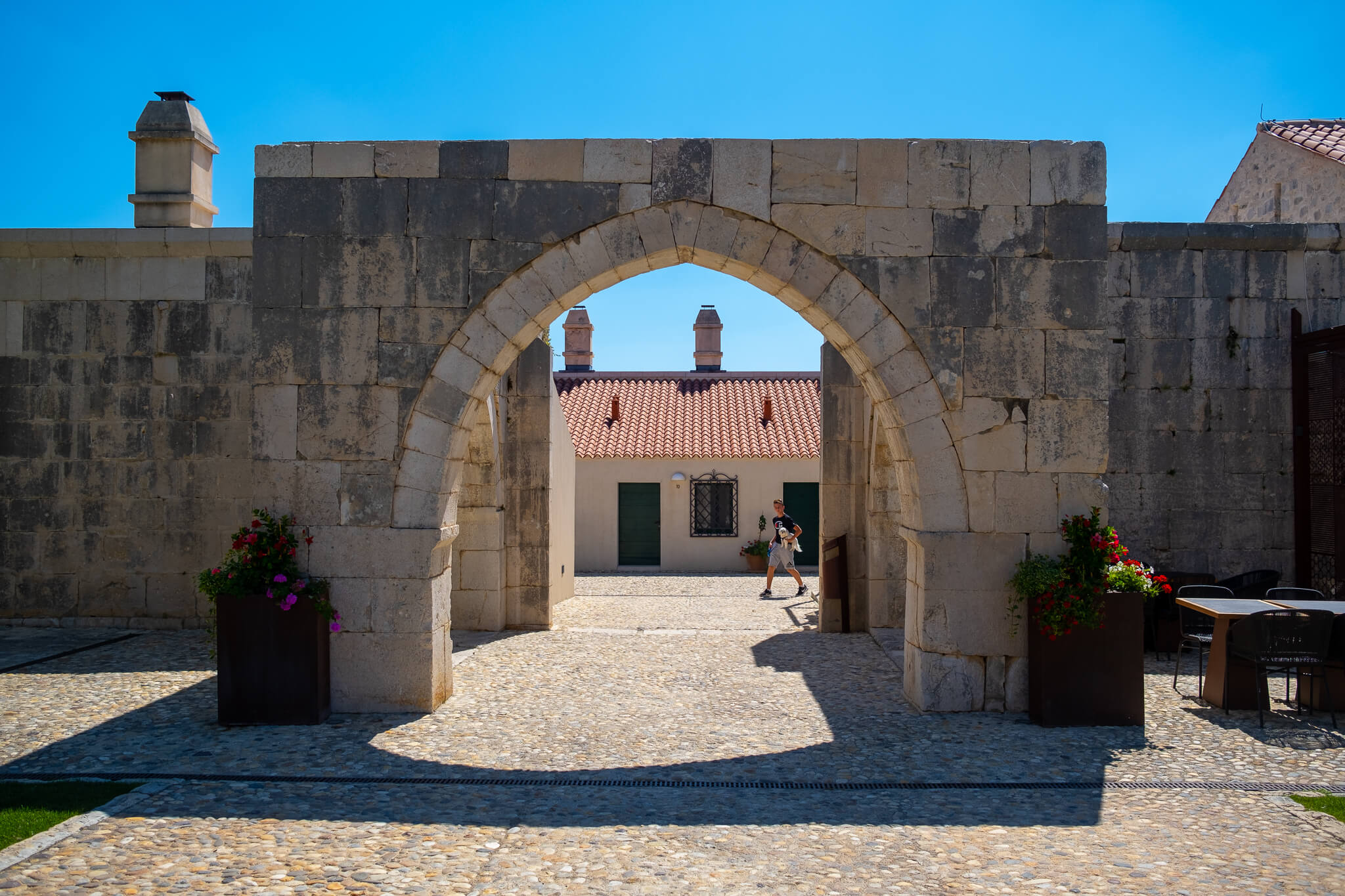
But before exploring the natural landscapes of the Zadar region, it was necessary to start the third day of the Zadar Digital Nomad Week with something to eat and, as a great bonus, some important history of the area. Fifty minutes from the city by car, and located in the Pakoštane area, is the historic Ottoman residence of Maškovića Han. The construction of Mašković Han began in 1644 by the order and funds of Jusuf Mašković, originally from Vrana, a high dignitary on the Sultan's court and a supreme admiral of the Turkish fleet. Han was intended to be a summer house/residence for Mašković when he returned from Constantinople to his homeland. It was conceived as a luxuriant monumental and modern building that would have all the necessary comforts, including a Turkish bath-Hamam.
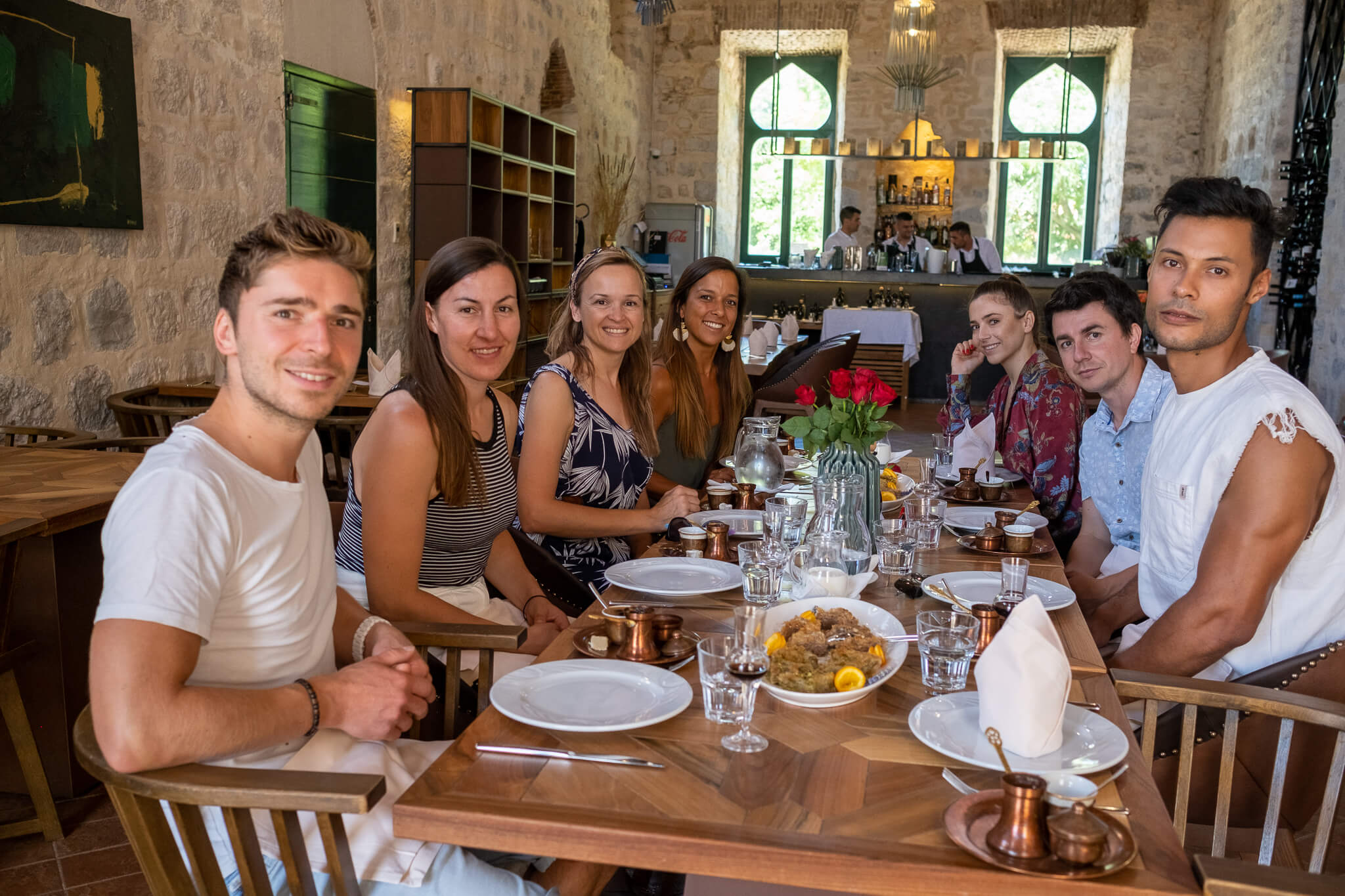
Significant funds were invested in the construction, and there were even 500 workers working on it every day. In 1645, Mašković, with 60,000 warriors, conquered Crete, and the nobility that he showed towards the captured Venetian soldiers and citizens made him one of the most prominent warriors of all time, but he provoked the anger of the sultan who summoned him to the court where Mašković was then executed. His tragic destiny left a trace also on Han, which was not completed in the planned form, but rather in a much more modest form.
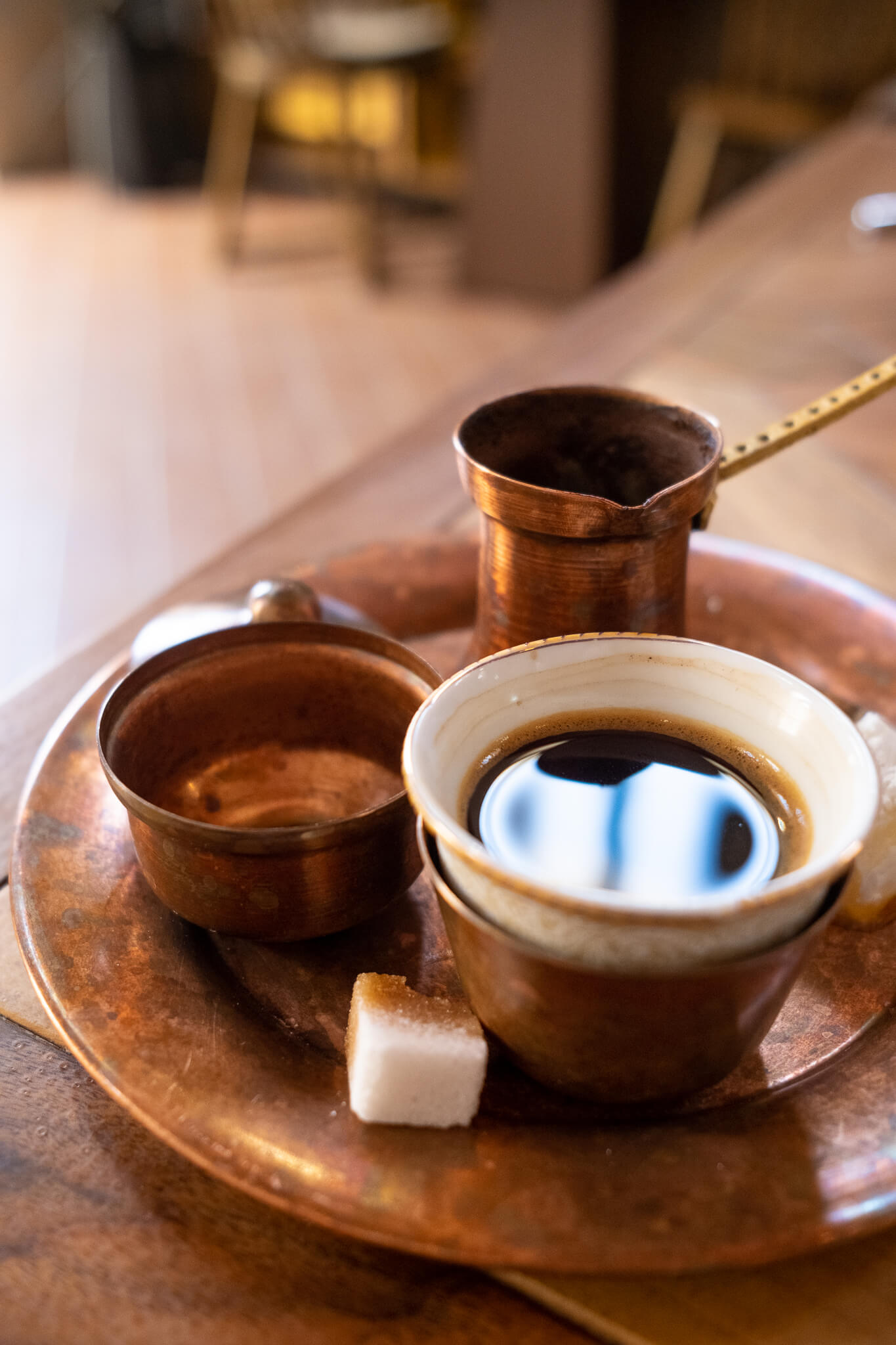
Within the Ottoman walls of Maškovića Han, ZDNW participants enjoyed a spectacular Turkish coffee and baklava to calm their appetite, followed by a hearty lunch to fuel up for the day's next activities.
Following an excellent brunch and lunch at Maškovića Han, we headed to the shores of Lake Vrana, the largest lake in all of Croatia. One would think that, due to its impressive size, it would be found on a beach on the Adriatic coast, but in reality, it is a magical freshwater destination that is worth exploring in the summer as an alternative to beaches and coves. Under the shade of the trees provided by Camp Vransko Lake Crkvine, we were able not only to rest and properly digest lunch, but also to catch up on work. Isn't that the essence of being a remote worker in the middle of nature?
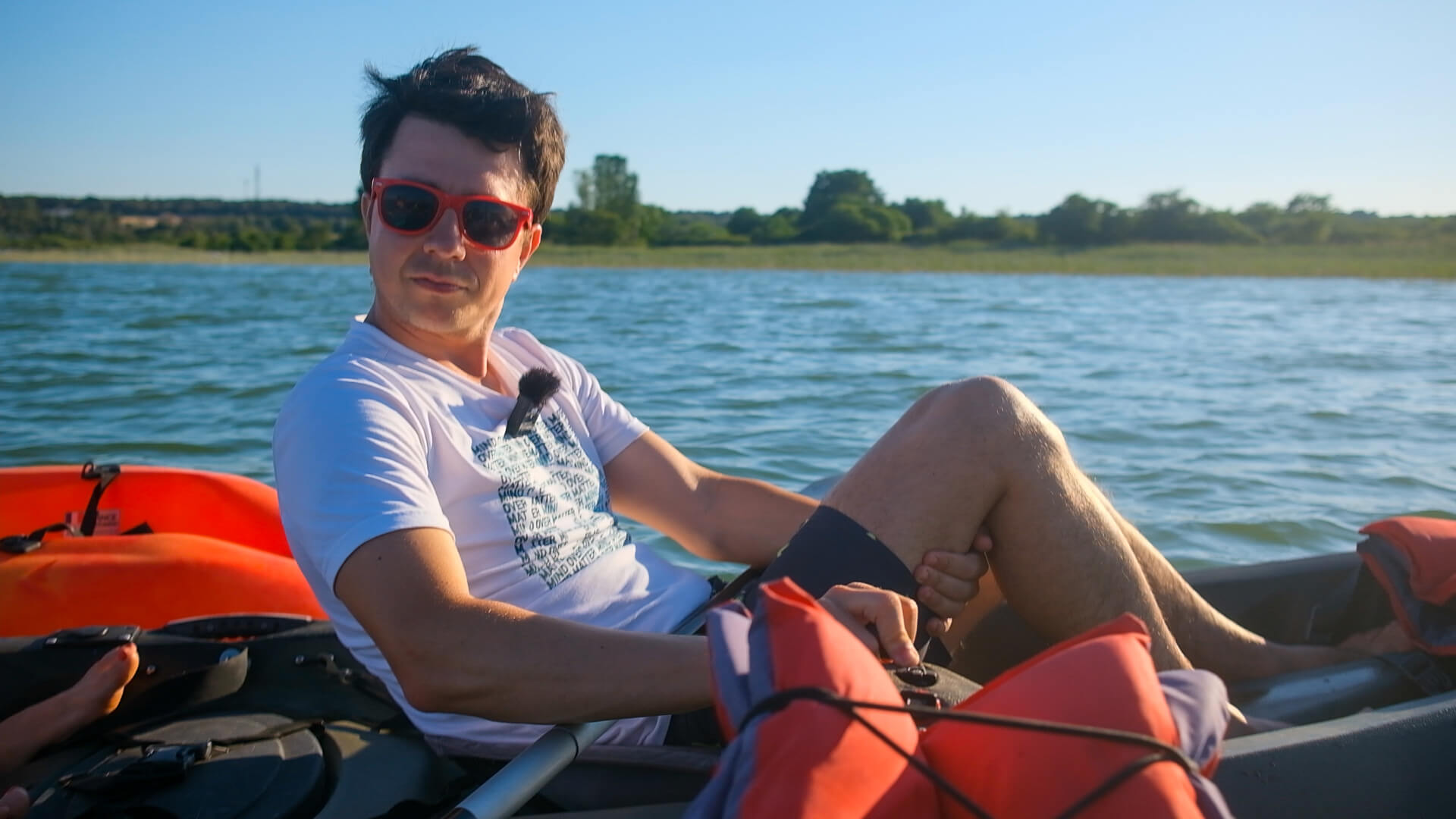
After recharging our batteries, a very unique activity followed. We got on kayaks and paddled to enter the waters of Lake Vrana, where Michael Freer offered a keynote on the social impact of being a digital nomad in each destination they go to. Floating in the refreshing waters of the largest lake in Croatia, we were able to learn more about the different ways one can get involved socially in Croatia, such as volunteering and social development projects. Who better to offer the keynote than Michael, who in his many years in Croatia has managed to lead various social projects.
After the keynote, we met again in Maškovića Han, where a van was waiting for us to go to the next and last destination of the day. At Maškovića Han, we had a special reunion with some dear familiar faces from last year in Dubrovnik: Marlee and Jeff McCormick, who participated in the memorable Digital Nomads in Residence program at the Pearl of the Adriatic. They flew from their home, in Texas, to spend a few days enjoying the excellent June weather in the Adriatic and to be part of the Zadar Digital Nomad Week.
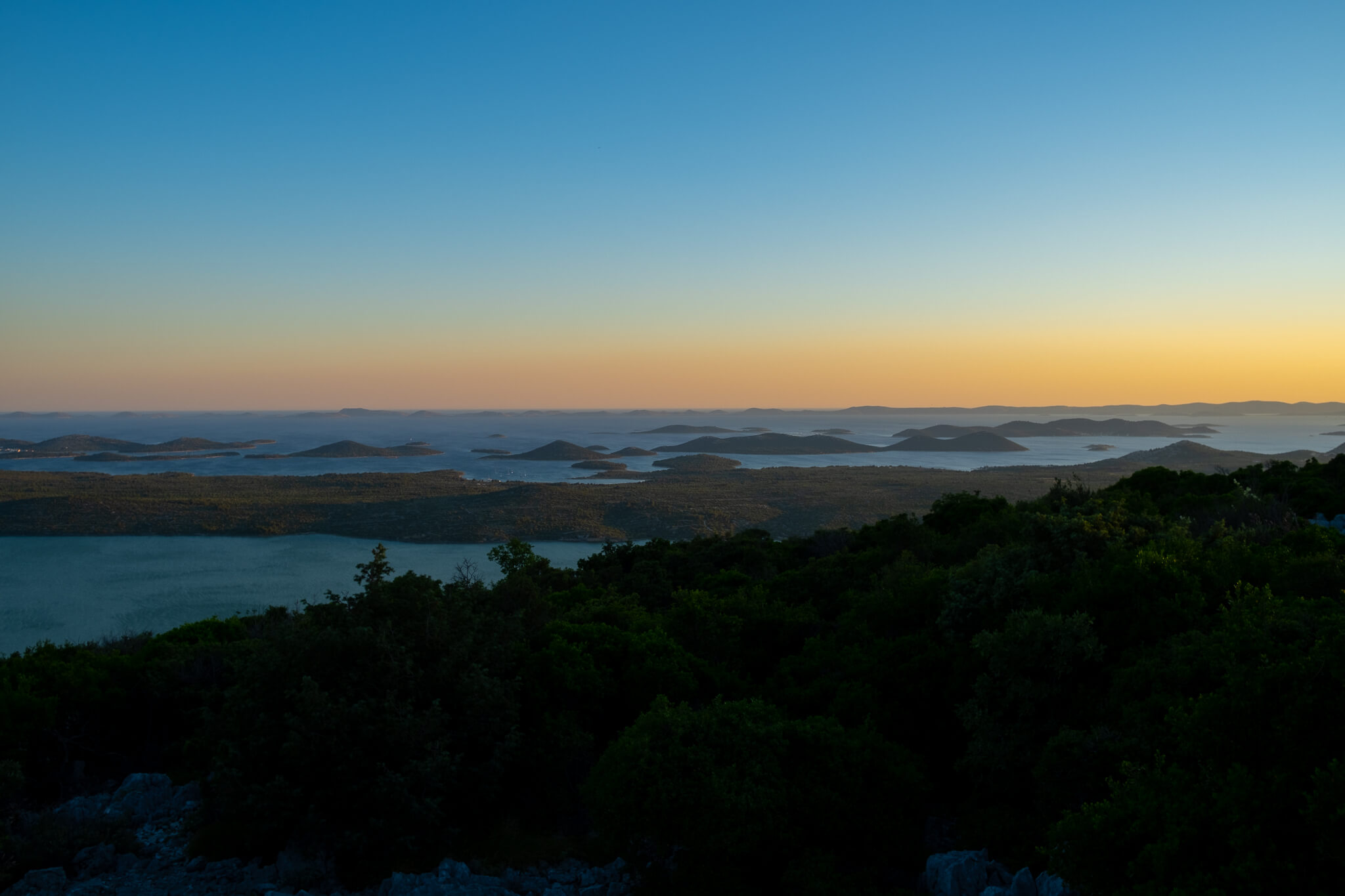
We drove in the early evening hours to Vidikovac Kamenjak, just 20 minutes from Maškovića Han: a viewpoint located on the top of the peaks behind the Vrana lake with perhaps the best view I have ever had in my life. I must admit how hard it is for me to explain in detail what one can feel with the landscapes from that viewpoint and, above all, with the sunset falling.

With just a turn of the head, one is able to appreciate the island of Murter north of Šibenik, the archipelagos of Kornati and Telašćica, or the islands of Žut and Pašman, belonging to Zadar. And, of course, the lake of Vrana in all its immensity, in whose waters rested the last rays of daylight and, shortly after, a full moon that completely illuminated the lake. And the photos and sightseeing were not the only things, since Tanja Polegubić from Saltwater saw in this last activity of the day a great opportunity to share a picnic with fantastic proseccos, and delicious appetizers.
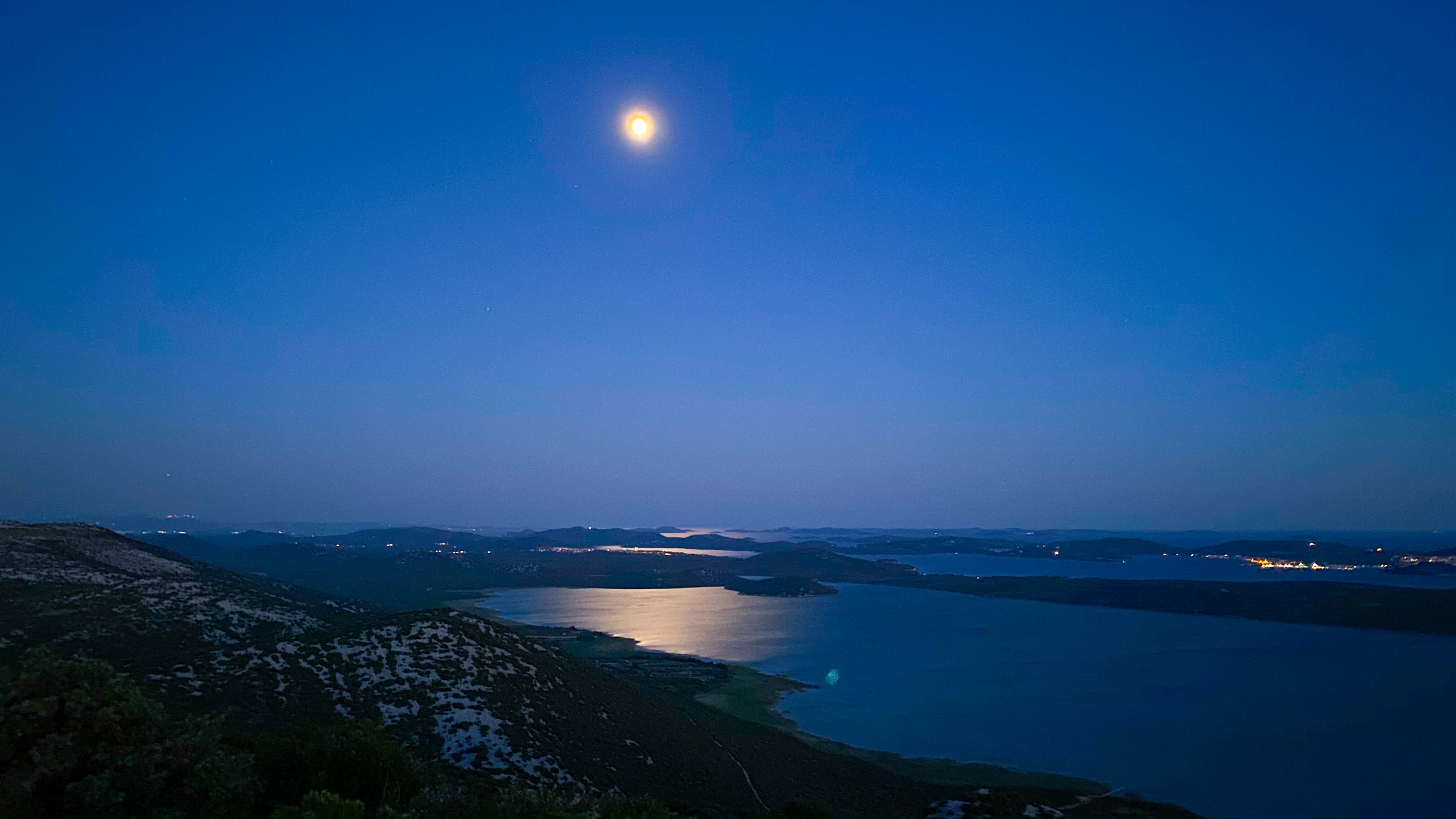
And that's how when night fell, we returned home to close a magical day in the nature of the Zadar region and ready to start the week with great energy and eager to see what the program had in store for us.
For the latest news and features about digital nomads in Croatia, check out the dedicated TCN section.
Rudjer Boskovic Institute Scientists Detect Changes in Vrana Lake
March the 22nd, 2022 - Over the last twenty or so years, the gorgeous Vrana Lake has been experiencing some changes. Some of them are to do with the aging process, and a group of Rudjer Boskovic Institute scientists have been researching the goings on.
As Morski writes, cases of the influence of sea water have been recorded in Vrana Lake, which has led to the death of the lake's fish, but also the entry of marine organisms into Vrana Lake. An international interdisciplinary team led by researchers from the Rudjer Boskovic Institute have investigated how these changes in the balance of precipitation and evaporation, the prolongation of dry seasons and intensive irrigation affect microbial communities in coastal freshwater lakes.
Even with a slight increase in salinity in freshwater lakes, there may be a complete change in nutrients, which affects the growth and development of naturally occurring flora and fauna, or accelerate the aging process of coastal freshwater lakes.
Resident microorganisms are responsible for the role of energy transfer in aquatic ecosystems and act as a link between dissolved organic matter and organisms belonging to higher trophic levels. Their metabolic activity regulates the amount and shape of molecular carbon present in lakes and thus affects the global carbon cycle and the emission of greenhouse gases from biological sources.
Microorganisms are highly sensitive to changes in their environment and can therefore be used as indicators of change. In the coastal area of Dalmatia, more and more frequent hydrological changes are being observed, which manifest themselves as prolonged periods of drought or intense showers in the wetter period of the year. Vrana Lake near Biograd na Moru is the largest natural lake in all of the Republic of Croatia, and together with local sources, it supplies the most agriculturally developed part of central Dalmatia - Ravni Kotari.
The aging process of the lake has been studied by Rudjer Boskovic Institute scientists
The level and characteristics of lake water in Vrana Lake all depend on the amount of precipitation experienced and the load of local springs used for field irrigation. In the last twenty years, periods have been recorded in which seawater affected the lake through a partially eroded limestone reef and a canal connecting the lake with the sea, causing fish deaths and the entry of marine species.
''We decided to investigate the seasonal changes in the microbial community of Vrana Lake because its stability is key to establishing balance within the entire lake. We wanted to determine if there's a link between the dissolved organic matter present in the lake, the phytoplankton community that produces it, and the bacteria that feed on it. We conducted sampling at two points in order to collect information on changes in the microbiological community that could be caused by potential salinisation and agronomic activity,'' explained Lorena Selak of the Rudjer Boskovic Institute in Zagreb.
While conducting this research, she added, they used a high-throughput method of sequencing environmental DNA.
''Based on the distribution of the dissolved organic matter and its molecular composition, we found that Vrana Lake is highly productive and doesn't depend on the intake of organic matter from external sources. The microbial communities of the water column(s) are interconnected by the native production of organic matter, which is highest in the summer months. Prolonged droughts and intensive irrigation have caused a precipitation-evaporation imbalance that has led to an increase in potentially harmful cyanobacteria on the one hand, and the entry of seawater and marine species within microbial eukaryotes and bacteria on the other,'' Selak stated.
''Using the results we obtained, we can say that there's a great need to deepen our level of understanding of the microbial community and its response to intense changes in freshwater ecosystems that are extremely rare and valuable sources in the coastal areas of the Mediterranean,'' concluded the head of the research team, Dr. Sandi Orlic.
In nature, this process goes on for thousands of years, but due to various environmental changes in the aquatic ecosystem and human impact, the process of eutrophication of the environment has been shortened to a span of only a few years. In the process of eutrophication of aquatic systems, algae grow intensively, the amount of oxygen decreases and animal species gradually die out, and aquatic ecosystems, usually lakes, change colour to dark green and brown.
Scientists from the Liebniz Institute in Germany, Hrvatske vode (Croatian waters) and the Faculty of Science in Zagreb all participated in the international research headed by Rudjer Boskovic Institute scientists.
For more, make sure to check out our lifestyle section.
Croatian Wetland Areas Mark 50th World Wetlands Day
February 2, 2021 – Today is the jubilee 50th World Wetlands Day. Croatia marks this year's theme "Wetlands and Water" in line with epidemiological measures, as many public institutions of Croatian wetland areas organize numerous online and offline activities.
On the occasion of World Wetlands Day, the Ministry of Economy and Sustainable Development has pointed to a growing freshwater shortage crisis that poses a significant threat to humanity and the planet. This year's theme – Wetlands and water – pays special attention to wetlands as a freshwater source.
50 percent of wetlands lost in the last 50 years
Croatia has several wetlands: Nature Parks Kopački Rit, Lonjsko Polje, and Vrana Lake, the Special Reserve Crna Mlaka in Jastrebarsko, and the Lower Neretva River. Croatian wetland areas seek to encourage actions to restore wetlands and stop their loss by marking World Wetlands Day.
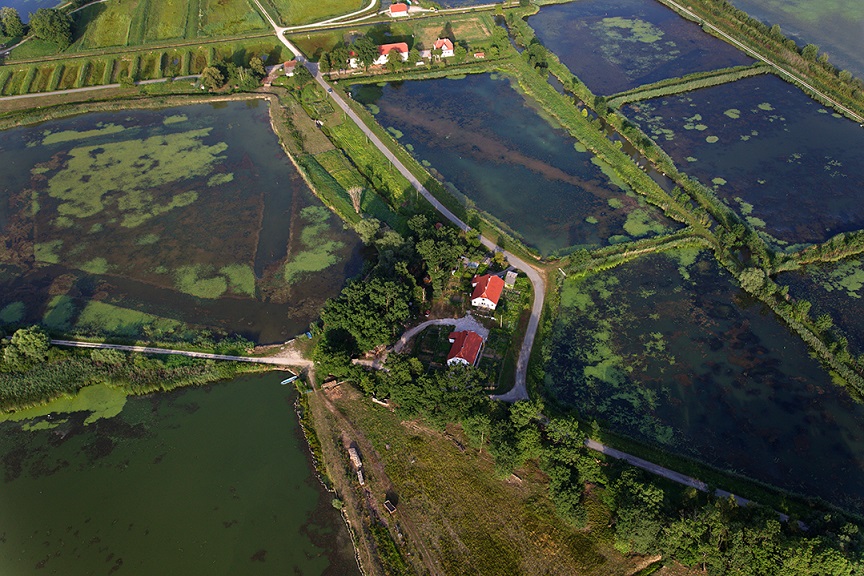
Crna Mlaka in Jastrebarsko / Public Institution Green Ring of the Zagreb County
On this day in 1971, the Convention on Wetlands of International Importance, Especially as Waterfowl Habitat, was signed in the Iranian city of Ramsar. The Convention, known as the Ramsar Convention, obliges each signatory country to the general conservation of wetlands on its territory and provides a framework for international cooperation in protecting and sustainable use of wetlands.
Croatia has been a signatory to the Ramsar Convention since 1991, and the above mentioned Croatian wetland areas are on the Ramsar Convention's list.
As a contribution to implementing the Ramsar Convention in Croatia, three relatively small areas within the Neretva delta were proclaimed as special reserves last year. The places named "Blue Eye and Lake Desna," "Neretva's Estuary," and "Kuti" have preserved, unique, and representative wetland habitats and characteristic species of particular importance for Croatia.
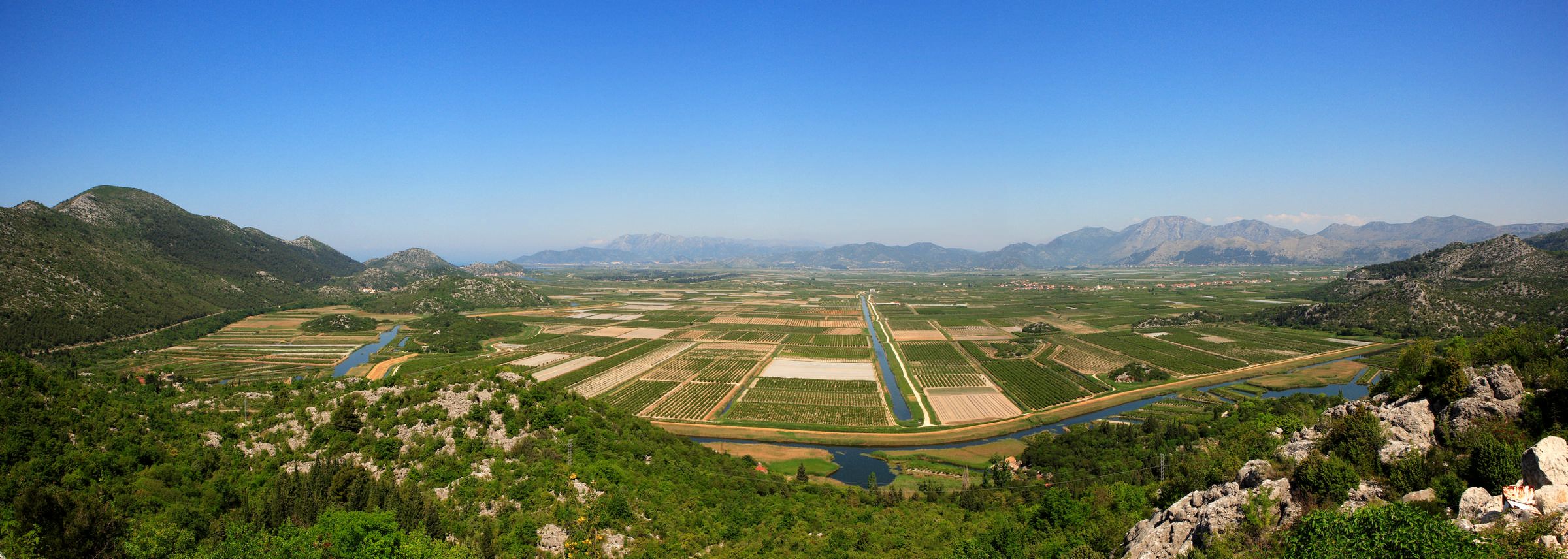
Neretva River / Copyright Romulić and Stojčić
Although wetland habitats represent one of the greatest values of biological and landscape diversity, since more than 40 percent of plant and animal species are associated with them, they are also the most endangered ecosystems in the world. In the last 50 years, 50 percent of all wetlands in the world have been lost.
Wetland areas as the best flood defense
Apart from being wet habitats for numerous plant and animal species, they are also crucial in adapting to climate change. Thus, wetland habitats are extremely important in flood defense, especially in Croatia.
Lowland rivers with moist habitats along their trough, into which they flow during high water levels, represent the best way to defend against floods. This is precisely how the flood defense system in Posavina was built. Thus, high waters of the Sava River flow into the Lonjsko Polje Nature Park floodplains, while Kopački Rit Nature Park "receives" high waters of the Drava and Danube, thereby changing their landscapes.
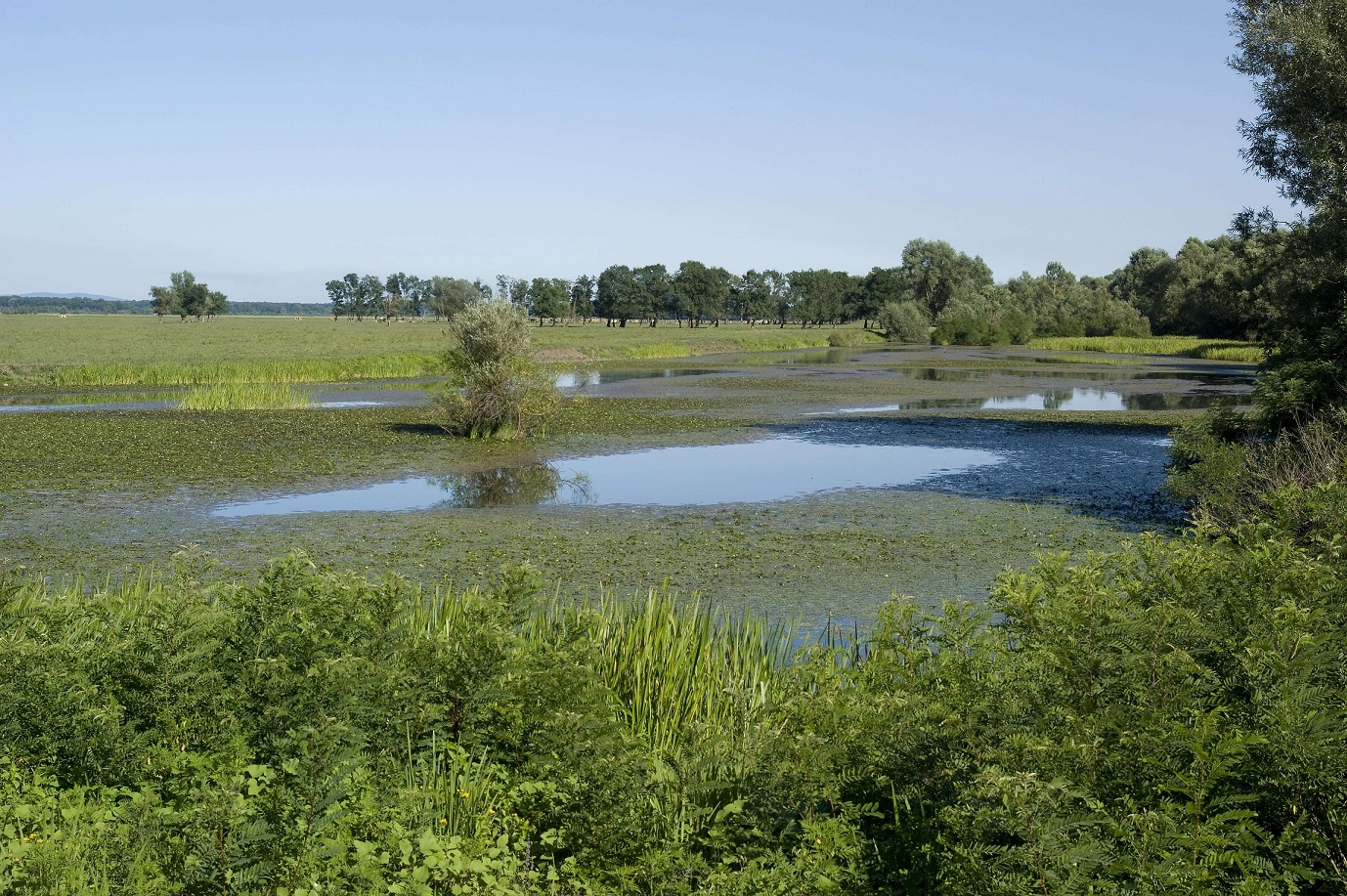
Lonjsko Polje Nature Park
The value of wetland habitats is also related to the restoration of groundwater supplies, the consolidation of shores, the retention of nutrients and sediments, and water purification. On World Wetlands Day, public institutions that manage protected areas in Croatia organize numerous activities.
Due to epidemiological measures, Lonjsko Polje Nature Park will not organize the traditional gathering "Future on the edge of the swamp" this year. However, the importance of water and wetlands will be discussed at a small event at the Public Institution headquarters in Krapje.
As part of this event, Matica Hrvatska's branch from Kutina will review the meetings "Future on the Edge of the Swamp" in the last 20 years. Employees of the Public Institution will participate in a workshop on the construction of roof platforms for white stork nests.

Village of Krapje / Lonjsko Polje Nature Park Boris Krstinić
In Northern Dalmatia, Vrana Lake Nature Park continues cooperation with the School of Applied Arts and Design in Zadar. Students will have virtual and field lectures on the topic of wetlands, their importance, and rich biodiversity, emphasizing birds. Students will create illustrations of different bird species presented in a virtual exhibition on the Park's website.
The traditional 9th "Bird Masquerade" will be organized for primary school students, and students from 1st to 4th grade of local primary schools will make masks of wetland birds. On February 6, free bird watching will be organized for all visitors.
The promotional video "Vrana Lake Nature Park: a place where birds always return" by the author Goran Šafarek will be shown for the first time:
Kopački Rit Nature Park traditionally celebrates World Wetlands Day in cooperation with Elementary School in Bilje. Second-grade students prepared artworks, literary ensembles, and a musical performance on the topic of Kopački Rit and its natural features. A lovely presentation of their work is also available online.
The Public Institution for the Management of Protected Nature Areas of the Dubrovnik-Neretva County conducts education on the importance of wetlands through an LED screen in Metković, where images with short educational texts about wetlands will be shown.
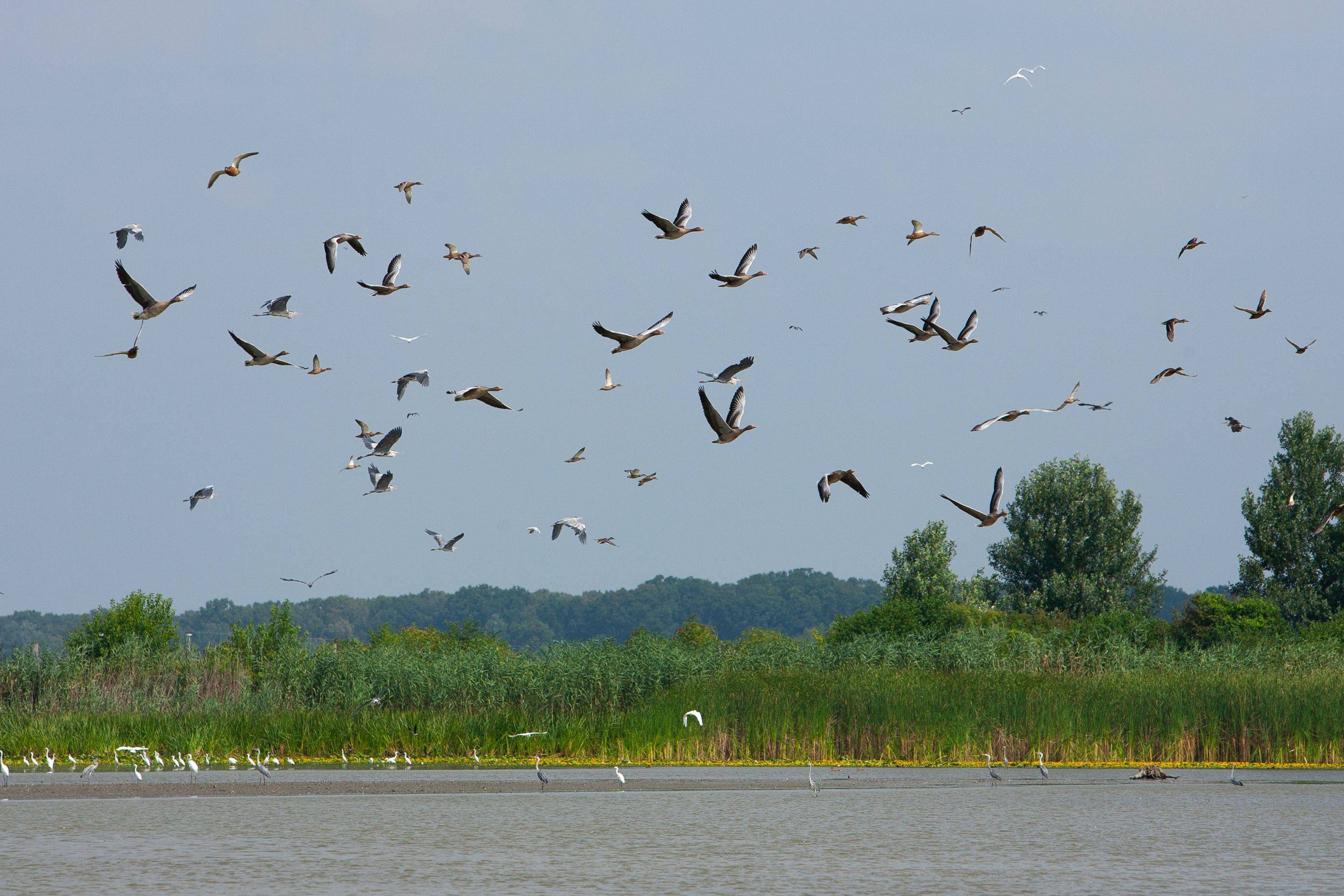
Kopački Rit Nature Park / Copyright Romulić and Stojčić
Vransko Lake Nature Park to Get a Spring Makeover
March 6, 2018 - The Nature Park will get a new electric train and a small boat for visitor transport, followed by some new attractive activities for visitors
New Tourist Project on Vransko Jezero Plans to Attract a Million Sport Anglers from Germany
The new eco camp site will be fully operational by 2017 while some accommodation units and a restaurant will open this summer.


